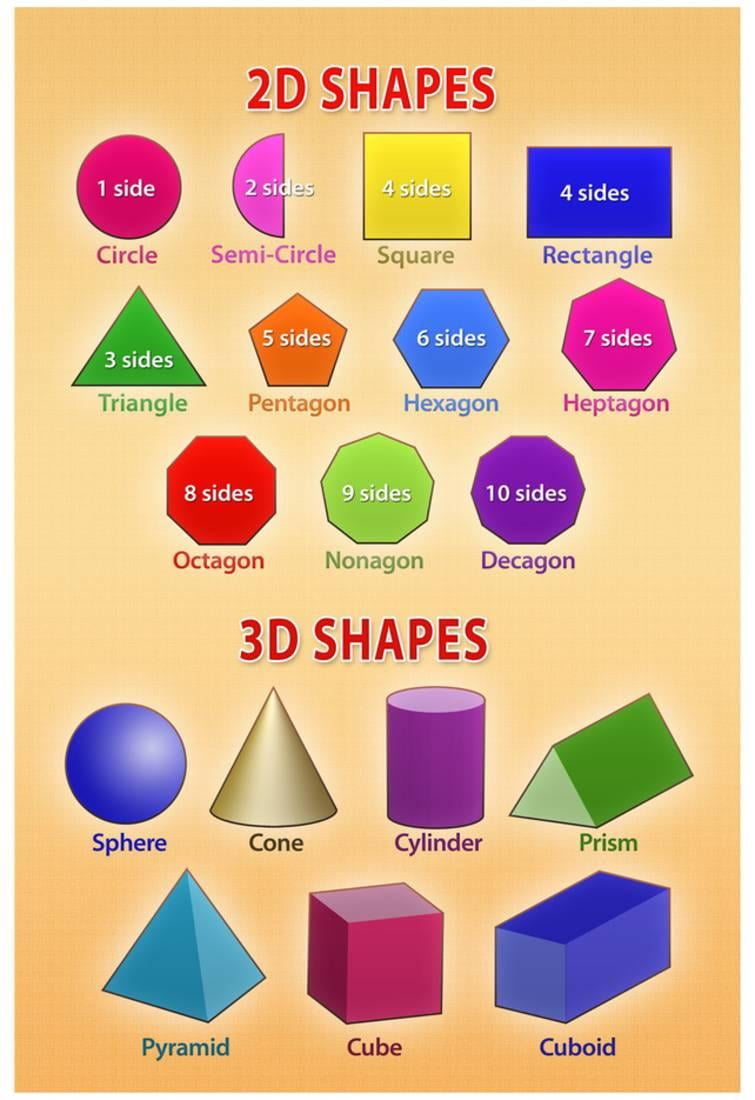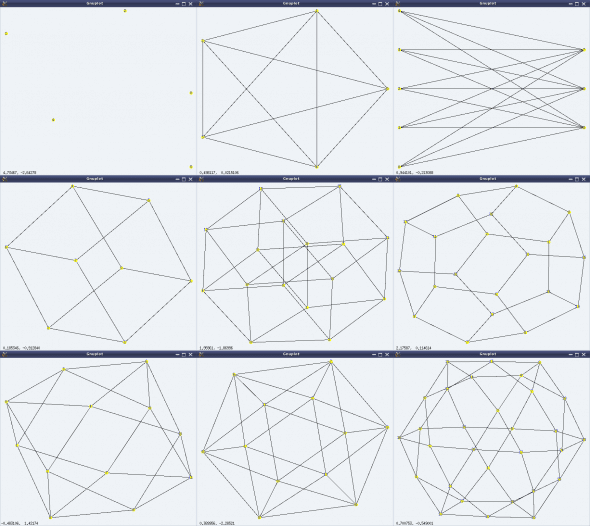



Each picture represents a certain number of items. PictographĪ pictograph uses pictures or symbols to display data instead of bars. Read more: Employee Surveys: Your Modern Day Suggestion Box 3. Marketing companies often use bar graphs to display ratings and survey responses. The height or length of each bar relates directly to its value. One axis represents the categories, while the other represents the value of each category. Bar graphs can be either horizontal or vertical. 2. Bar graphīar graphs offer a simple way to compare numeric values of any kind, including inventories, group sizes and financial predictions. Line graphs are useful for illustrating trends such as temperature changes during certain dates. One axis might display a value, while the other axis shows the timeline. Line graphs illustrate how related data changes over a specific period of time. You can choose from many types of graphs to display data, including: 1. Line graph Graphs, however, focus on raw data and show trends over time. People use charts to interpret current data and make predictions. Charts are tables, diagrams or pictures that organize large amounts of data clearly and concisely. While many people use ‘graph’ and ‘chart’ interchangeably, they are different visuals. In this article, we discuss the most common charts and graphs in business and how they are typically used. Knowing the difference between various types of graphs and charts can help you choose the best one for your project. Graphs and charts can organize and present complex data making it easier for people to understand and are commonly used for business purposes.


 0 kommentar(er)
0 kommentar(er)
